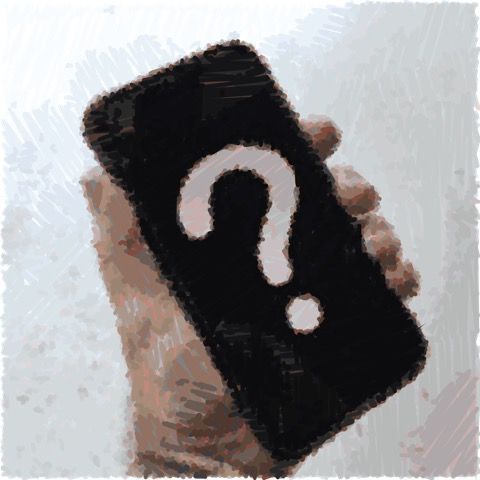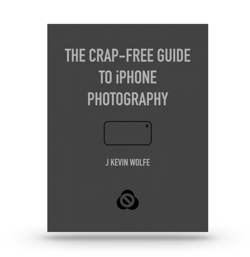The hard-to-find answers to your iPhone camera questions.

It’s easy to get answers to the frequently-asked questions about your iPhone camera. But when Google fails…
Why doesn’t my lens attachment work on the Tele lens on my dual-lens iphone?
It does, just not with the built-in Camera app. Even when the iPhone Camera app is set at 2x, if the light is dim or the shutter speed is slow enough to cause camera shake, the iPhone will default to the Wide lens and use the 2x digital zoom. Since your lens attachment is blocking the Wide lens, you see a dark, gray blob instead of an image. Your lens attachment will work over the Tele lens with the Moment Pro Camera app and Obscura 2 app, since these always use the built-in Tele lens in the 2x mode.
Why are some of my Tele shots grainy?
As noted above, even when the iPhone Camera app is set at 2x, dim light or camera shake can cause the iPhone to default to the Wide lens with 2x digital zoom. The grainy shots you’re seeing are likely the result of the iphone rezing up the image from a smaller set of pixels in the center of the sensor. If you use an app like Metapho or View Exif you can check which lens was used on an image.
Why doesn’t the iPhone Camera app shoot RAW?
Most of the amazing tricks of the iPhone Camera app (like Portrait Mode, Live Photo and Smart HDR) require multiple images to work with. It would be too difficult to do these from RAW files, since they’re not images, but data dumps from the sensor. The good news: the iPhone’s back cameras are perfectly capable of shooting RAW and capturing images as Adobe DNG files. Apps like the Moment Pro Camera, Manual, Obscura 2 and Halide can shoot them.
Can I edit RAW photos in the Photos app?
RAW files can show up in the Photos app, but what you see is actually lo-res JPG preview embedded in the DNG file. You can edit this preview in Photos, but not the data in the DNG file itself. You can edit an DNG file with apps like Darkroom, Pixelmator, Polarr, Raw Power and Lightroom.
Why shoot photos in HEIF format if only Apple devices can read it?
iOS 11 and Mac High Sierra introduced the option of HEIF (High Efficiency Image File). It’s not a format, but a container that allows for multiple images to be stored in the same file and replaces the aging, limited JPG format. If shooting in HEIF, your Apple devices know to export images in JPG format when they could be going to a device that’s not capable of opening HEIF images. So iMessage knows to send HEIFs to your blue connections and JPGs to your green connections. If you want to shoot in JPG only: Home > Settings > Camera > Format > Most Compatible.
If I use a filter when I shoot a photo, is it permanent?
No. Though you may see the filter on the screen when you shoot, it’s added to the image after it’s captured. You can revert to the original color image while viewing it: Edit > Revert > Done
Why do some of my photos look normal, but immediately dim?
Most likely you have both Live Photo on and Flash on or set to Auto. The iPhone’s flash will affect about 10 frames of the 30 frames in a Live Photo. As the Photos app plays through a Live Photo when viewing it, you may see a flash, and sometimes the iPhone will chose one of the dim frames as the key frame. To chose a better key frame: Edit > Drag the white box in the slider left or right > Tap Make Key Photo > Done. To avoid the problem in the future, in the Camera app make sure both the Lightning icon or the Target icon are not orange at the same time.

Get the definitive book for mastering your iPhone camera: The Crap-Free Guide to iPhone Photography
